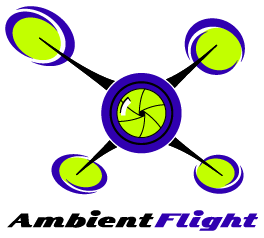

I like to support local hobby shops if possible, but too often many of the parts I need are not available locally. More common are parts like Lipo batteries though, and in supporting my local shop I’ve found a great battery in Pulse.
For my big hexacopter the first set of batteries I chose was the Pulse 5000mAh 35C model. These are very well made and high performing batteries which provide consistent and dependable power for my very expensive aerial photo/video multirotor hexacopter. I’m running two of these at a time on this aircraft.
Pulse 6S 35C 5000mAh Lipo Battery Specifications
I’ve put nearly 70 flights on these batteries and have not noticed any difference in flight times and had no issues charging or holding a charge.
Pulse specs state that these batteries can be charged at up to a 5C rate, meaning five times normal charge rates. In order to prolong my battery life however, I’ve only gone as far as 2C, and usually stick to 1C since the time factor for me is not a big issue at this point.
Conclusion
At $115.99 retail the Pulse 5000mAh 35C is far from the cheapest in its capacity range. In fact, many lipos of the same capacity can be found for half the price. But for those who feel dependability and performance are worth it like I do, this is a fantastic battery. Conveniently, I can buy them at a local USA hobby shop within a five minute drive of my home.
When flying with my quadcopter and GoPro, I set the camera to automatically take photos at certain intervals. This is great when trying to capture photos and flying line of sight, as the camera is just shooting all the time. I ran into a problem with not being able to do this with my big hexacopter and Sony NEX5-T camera. There is no auto shoot or time lapse mode for the NEX camera.
I did some research online and found the Flytron sLED v2 Sony RC Shutter. This is a small infrared device with servo plugs which plug directly into the aircraft’s radio receiver. The sLED v2 allows the operator to remotely trigger photo taking, or turn on/off video recording. Fantastic. Both can be done in-flight.
Setup
A free channel on the transmitter and receiver is needed to set up the sLED. The channel should be assigned to a three position switch. The middle position is no action, while on my setup flipping the switch up triggers a photo shot and flipping the switch to the bottom position turns on video recording.
The sLED unit needs to be able to get its infrared signal to the infrared sensor on the NEX camera. I wanted to be able to put the sLED on and take it off as needed, so a simple bit of velcro on the camera and the sLED made that easy.
I learned that leaving the switch on the transmitter in the up or down position, sends a constant signal. So leaving the switch up on my setup results in constant photo taking. The constant photo taking is not as fast as I would like, at about 8-10 seconds per shot. Leaving the switch in the down position results in a start/stop video of about one second, every 8-10 seconds. For video, leaving the switch down is not useful.
One experiment I have yet to try is a custom setup on my transmitter which would simulate flipping the photo switch every X seconds. More to come on that.
Conclusion
The sLED v2 Sony RC Shutter unit was perhaps the most useful $15 I’ve spent to date on my large multirotor.
It is nice to be able to shoot video and take photos via the sLED. Part of the flight can be for video and part for stills without having to land the aircraft and reconfigure the camera.